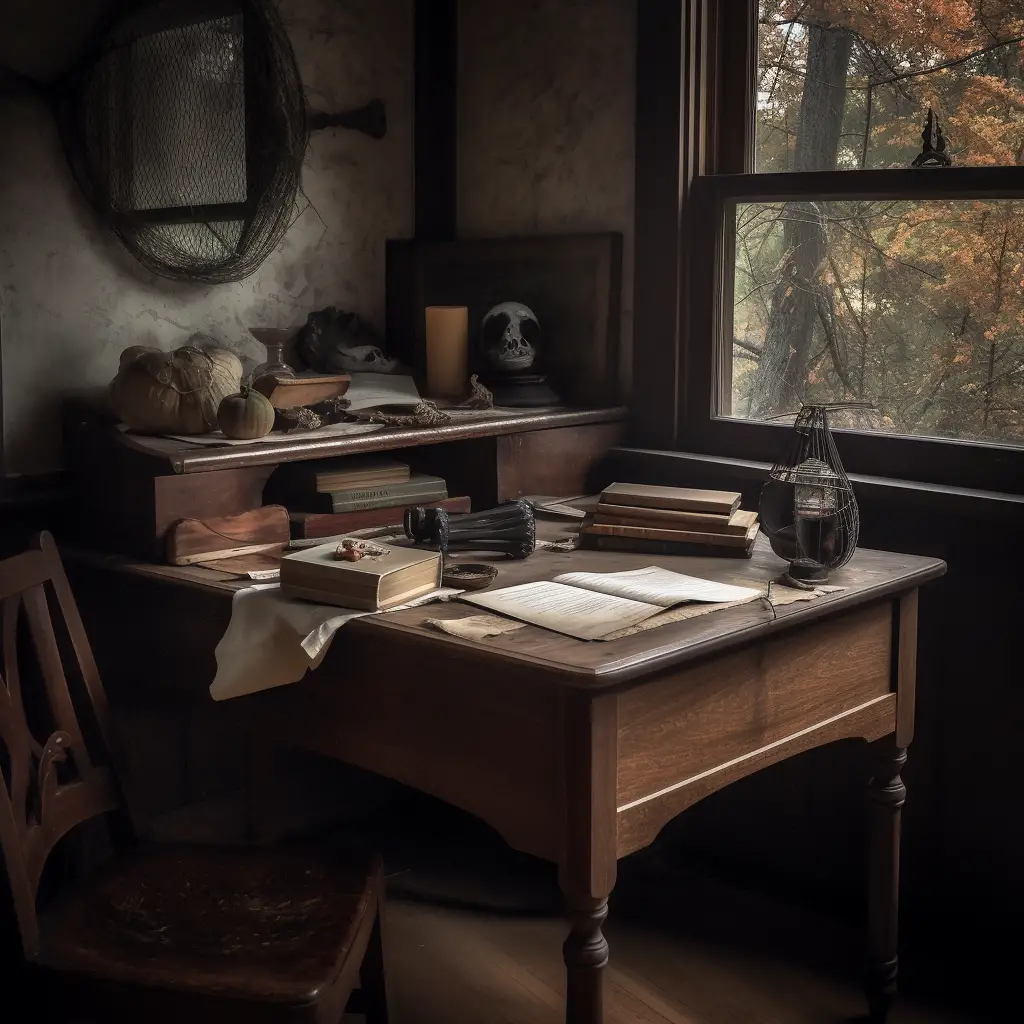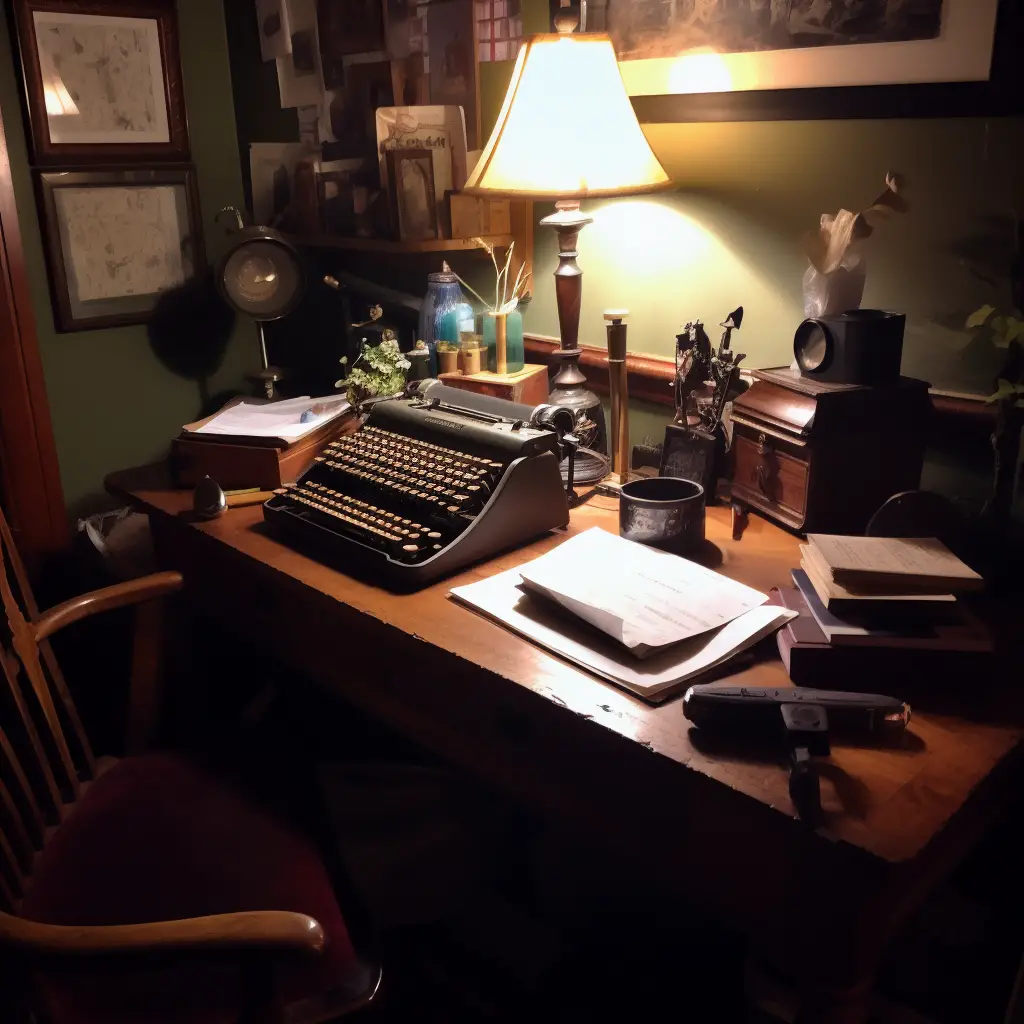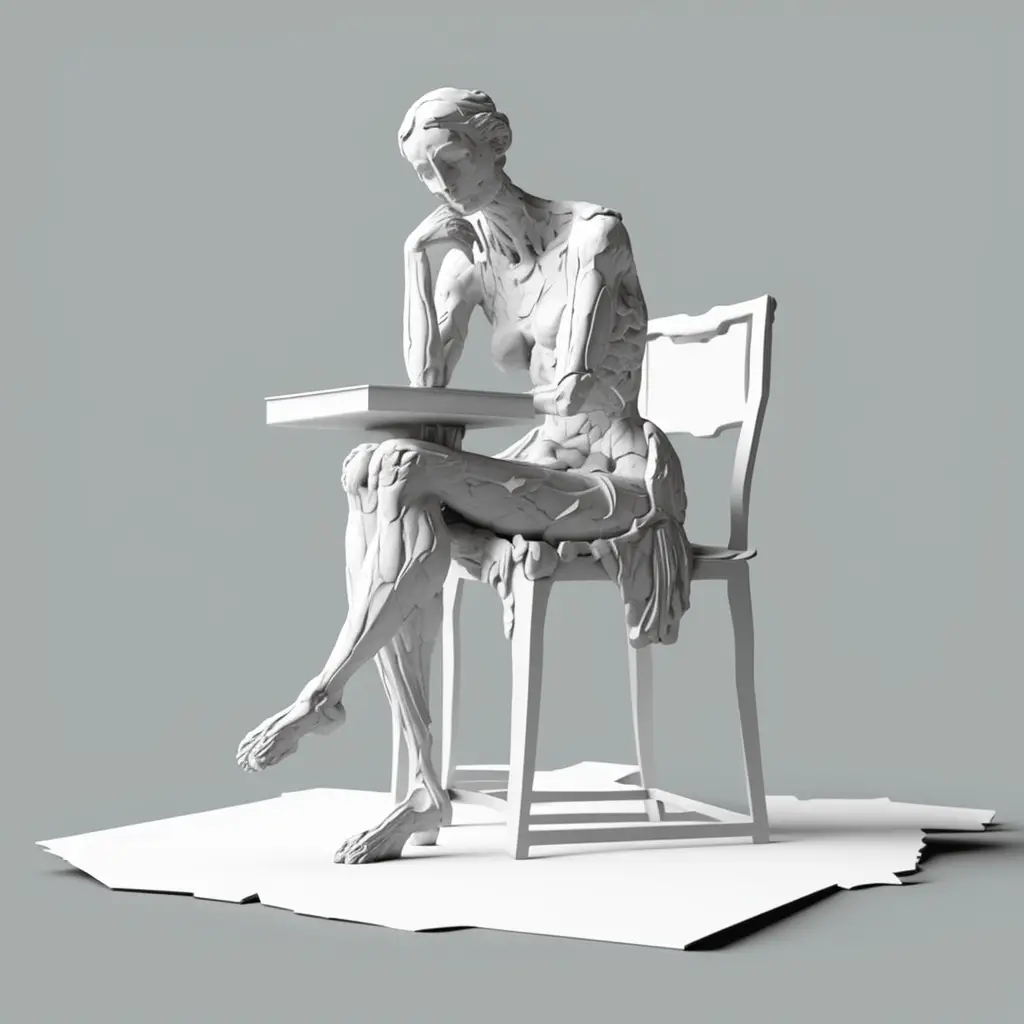
Meter is a rhythmic pattern of stressed and unstressed syllables that gives poetry its structure. It‘s like a beat that drives the poem forward. It‘s also a framework to showcase those amazing lines and rhymes you come up with. So don‘t forget to meter your masterpiece!
As a great example, iambic pentameter is a popular meter found often in Shakespeare‘s work: “da–DUM, da–DUM, da–DUM, da–DUM, da–DUM.”
The Magic Behind Meter: The Basics and How to Identify Them
Ever wondered what makes poetry so enchanting and musical? It’s not some secret potion. It’s the meter! Meter is a pattern of stressed and unstressed syllables that forms the backbone of a poem. It’s like a secret rhythm, guiding the words and phrases into a delightful dance that enchants the ears.
Types of Meter: A World of Rhythmic Possibilities
There are various types of meter, each with its distinct beat. Let’s explore some of the most common ones. Don’t worry, they’re just like a new set of dance moves, and they’re super fun to learn!
Iambic Meter: The Heartbeat of Poetry
Iambic meter is the most common meter in English poetry. In iambic meter, an unstressed syllable is followed by a stressed syllable, creating a rhythmic pattern like “da-DUM.” It’s the heartbeat of many poems, pulsing life into the words.
Iambic pentameter, a specific type of iambic meter, has five iambs in each line, like a string of five heartbeats: “da-DUM, da-DUM, da-DUM, da-DUM, da-DUM.” William Shakespeare, the rock star of poetry, was a big fan of iambic pentameter.
Trochaic Meter: The Reverse Heartbeat
Trochaic meter is like iambic meter’s cool cousin. It’s the reverse of iambic meter, with a stressed syllable followed by an unstressed syllable, creating a pattern like “DUM-da.” It’s got a strong, bold rhythm that demands attention.
Anapestic Meter: The Triple Threat
Anapestic meter is a lively, playful meter that features two unstressed syllables followed by a stressed syllable, creating a pattern like “da-da-DUM.” It’s like a triple threat in the world of poetry, with a jaunty, skipping rhythm that’s hard to resist.
Dactylic Meter: A Stately Stride
Dactylic meter is the mirror image of anapestic meter, with a stressed syllable followed by two unstressed syllables, creating a pattern like “DUM-da-da.” It’s a stately, dignified meter that struts through the lines of a poem with grace and elegance.
How to Craft Your Own Meter: A Simple Recipe
Creating meter in a poem is as simple as baking a cake. Just follow the recipe, and soon enough, you’ll have a delicious, rhythmic treat to share with the world!
- Choose a meter: Pick a meter that best suits the mood and tone of the poem. Remember, each meter has its unique rhythm, so choose wisely!
- Count the syllables: Determine the number of syllables in each line. This will help you create a consistent rhythm throughout the poem.
- Stress the right syllables: Make sure the stressed and unstressed syllables follow the pattern of the chosen meter. This is the secret sauce that brings the poem to life!
- Practice, practice, practice: Like any dance, mastering meter takes practice. Keep writing and experimenting with different meters to find the perfect rhythm for your poem.
Meter in Action: Examples to Inspire
Need a little inspiration? Check out these examples of meter in famous poems:
- Iambic Pentameter: William Shakespeare’s “Sonnet 18” is a classic example of iambic pentameter in action. Each line follows the “da-DUM, da-DUM, da-DUM, da-DUM, da-DUM” pattern beautifully, showcasing the rhythmic heartbeat of the poem.
- Trochaic Meter: Edgar Allan Poe’s “The Raven” uses trochaic octameter, with eight trochees per line. The strong, bold rhythm adds an eerie, haunting quality to the poem: “Once up-ON a mid-NIGHT drear-Y, while-I pon-DERED, weak-AND wear-Y.”
- Anapestic Meter: “The Destruction of Sennacherib” by Lord Byron is a fantastic example of anapestic meter. The poem’s energetic, skipping rhythm evokes the excitement of battle: “The AS-syr-IAN came DOWN like the WOLF on the FOLD.”
- Dactylic Meter: Henry Wadsworth Longfellow’s “Evangeline” showcases dactylic hexameter, with six dactyls per line. The stately, dignified rhythm gives the poem a sense of grandeur: “This is the FORest prim-Eval. The MURmuring PINES and the HEMlocks.”
Now it’s your turn! Grab a pen, choose a meter, and let the rhythm of the words guide your poem to life. Remember, meter is the secret ingredient that adds music and magic to the world of poetry. So go ahead, dance to the beat of your own meter, and create a masterpiece that will enchant and delight readers for years to come.
If you’re thirsty for more writing knowledge, head over here to learn all 74 literary devices.





